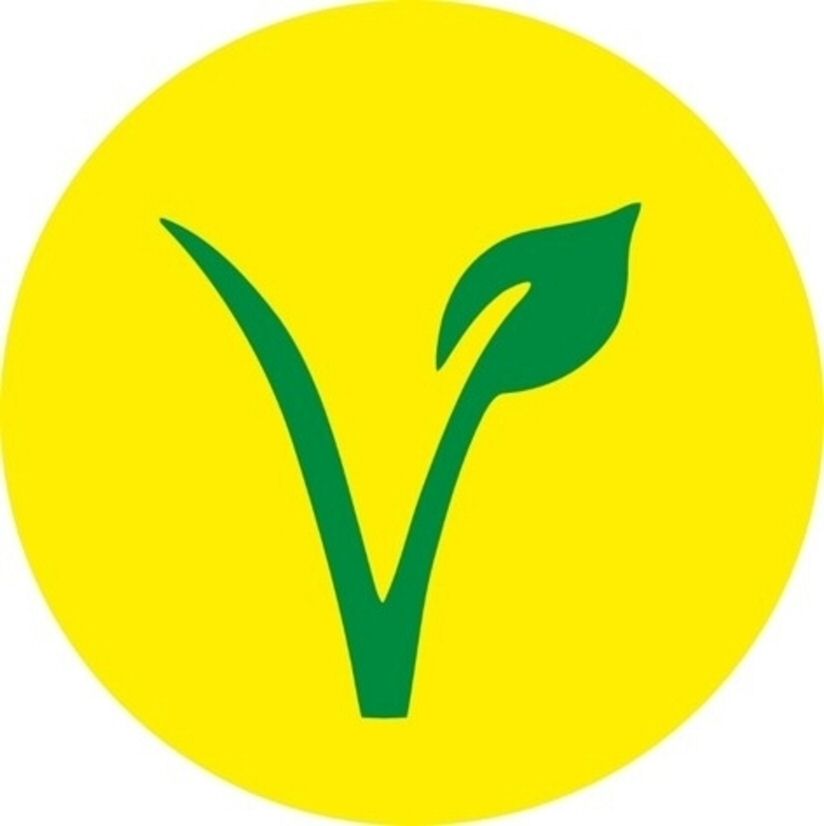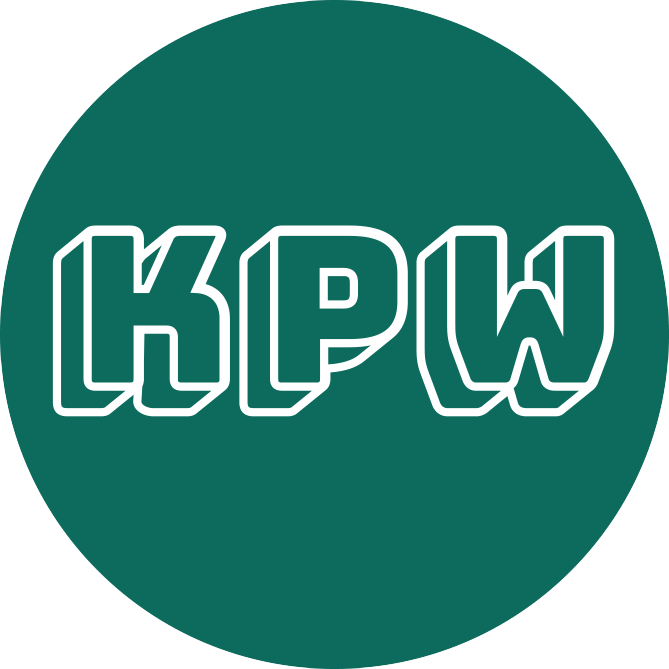
Dispute
between
Vegan labels.
Dispute
between
Vegan labels.
from
How similar can vegan labels look?
And where does the protection of a well-known seal end when the visual language on the market seems interchangeable anyway?
Vegan label
Anyone working in the food industry will be familiar with the green “V” from the Swiss company V-Label GmbH for vegan products. There is hardly a shelf where some variation of this letter does not serve as a vegan signpost. The corresponding logo is protected as an international registration with extension for the EU as a certification mark in the EU and has been registered since 31.01.2019.
Anyone who works in the food industry will be familiar with the green “V” for vegan products. There is hardly a shelf where some variation of this letter does not serve as a vegan signpost.


On 28.02.2020, a similar trademark was registered for vriendly.org, also for vegan products, but as an individual trademark.
The V-Label, whose certification mark has been used in the European Union for years, demanded the cancellation of the trademark on the grounds that it triggers a mental association with the V-Label in the public mind or is even directly confused with it.
The similarity and the likelihood of confusion under trademark law appears clear at first glance: two vegan seals, both in green and yellow, both with a capital V.
However, the General Court of the European Union took a different view and delivered with Judgment of 12.11.2025 – Ref. T-464/24 an analysis of the question of how far the scope of protection of a vegan quality label actually extends. The decision shows that even well-known labels do not automatically enjoy the far-reaching scope of protection that their owners often assume – especially if the visual elements repeat common patterns on the market.
How similar are the vegan seals really?
In its judgment, the EGC acknowledges that both signs use the letter V and the green and yellow color areas. But that is where the similarity ends. The court states that the V of the V-label has a soft, curved shape, flanked by a leaf and framed by a simple circle. The V of the contested trademark, on the other hand, consists of thick, straight lines, is framed over a large area, underlined and combined with other word elements.
The EGC then comes to the surprising conclusion that the overall impression is clearly different – so clearly that the visual similarity is ultimately classified as low.
The opposing signs have only a slight visual similarity.
In terms of sound, the signs are identical, as both can ultimately be reduced to a “V”. However, this identity loses its value because the V in the vegan context is understood by a significant proportion of the public as a purely factual statement anyway. The same applies to the conceptual level: anyone reading V as an abbreviation for “vegan” will recognize the same meaning – but precisely because this meaning is descriptive, it is not sufficient to establish a likelihood of confusion.
The key weakness: the V-label’s low level of distinctiveness
One of the most remarkable findings of the court does not concern the challenged trademark, but the V-Label itself. The plaintiff firmly assumed that its seal must have a high or at least normal distinctiveness due to its long-standing presence on the market.
However, the court takes an unusually strict approach to the topic. The letter V is understood by a large part of the public simply as a reference to “vegan” or “vegetarian”. The colors green and yellow, on the other hand, do not convey anything that a brand seal in the vegan or sustainable market segment does not regularly use. The abstract leaf motif is also seen as a reference to naturalness – a typical element in the context of plant-based products.
The court thus confirmed the assessment of the Board of Appeal: the earlier trademark is “at best weakly” distinctive overall. For certain parts of the public even very weak.
This point is central. After all, a weak sign only enjoys a narrow scope of protection – even if it is well perceived on the market.
Familiarity? Not proven in the registered trademark image
The V-Label tried to prove with a variety of documents that the label has a strong market presence in the Union. This included studies, online articles, images from retailers and examples of use.
The court examined these documents point by point and came to a sobering conclusion: the studies did not show the registered sign, but versions with additional texts or graphic elements. In some cases, it is unclear how many people actually took part, what questions were asked and in what context the goods were used. Other evidence is based on media articles that lack concrete market or sales figures.
A reputation of the earlier trademark cannot be established beyond doubt.
The consequence: Neither an increased distinctiveness through use nor protection against exploitation of reputation can be considered.
Overall assessment: No likelihood of confusion despite identical goods
Another interesting aspect of the ruling is the clear distinction between identical goods and similar trademarks. Although the court assumes in favor of the V-label that the goods are identical in many classes, this does not automatically mean that there is a likelihood of confusion. The weak distinctiveness of the earlier trademark weighs more heavily.
The court concludes that even a public with below-average attention can distinguish between the two seals. The visual differences dominate, while phonetic and conceptual parallels do not create any confusable proximity due to their descriptive nature.
Conclusion
As a result, the judgment of the EGC seems too harsh, as it largely limits the protection of V-Label’s certification mark to identical imitations. Even though V-Label’s trademark may be a weak trademark, there is no need for third parties to adopt an identical color combination.
However, the limited scope of protection is also due to the fact that V-Label was neither able to prove the alleged reputation of its registered sign nor to demonstrate increased distinctiveness.
We are happy to
advise you about
Trademark law!







